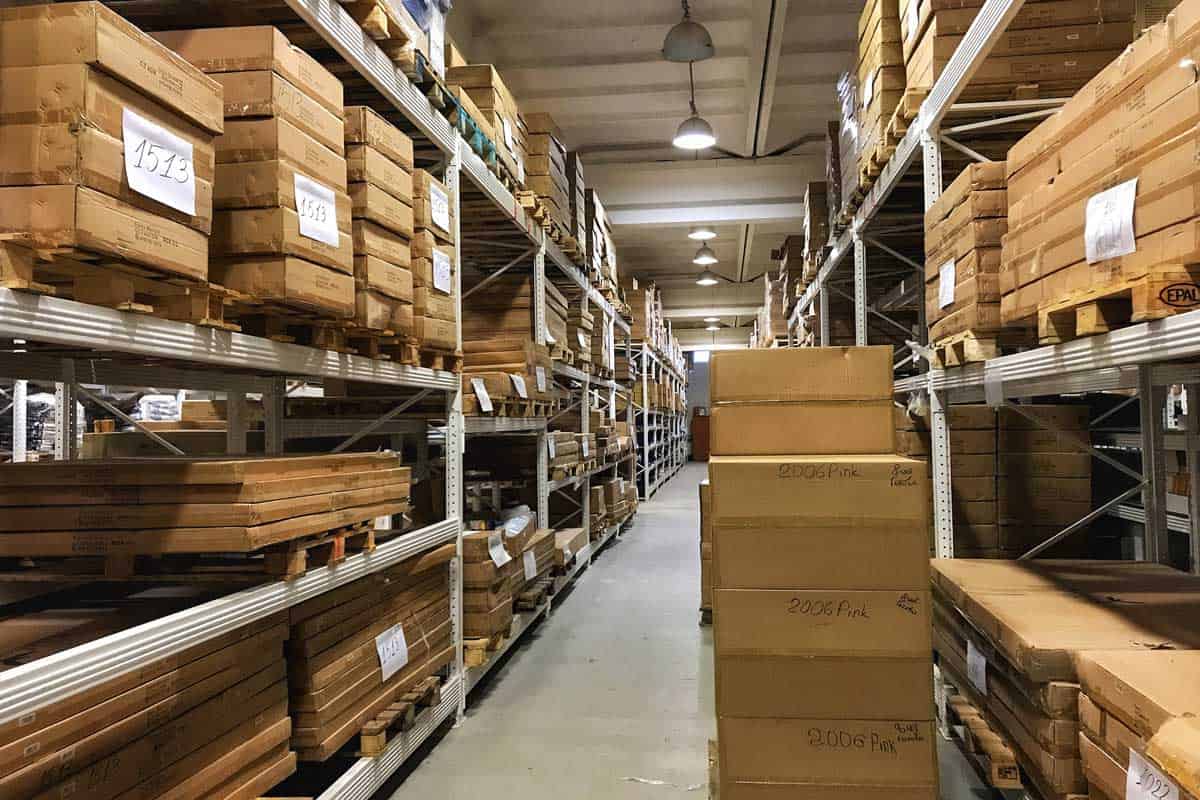In accordance with the GST Act, any supply of goods or services made by a taxable person in the course or furtherance of his business is chargeable to GST. Where a taxable person transfers or disposes of his business assets, whether or not for a consideration, is making a supply and hence, he has to account for GST on such transfer/disposal of his business assets.
In view of the above, the Minister has laid down specific conditions under the GST (Excluded Transactions) Order Cap. 117A, 02 for exclusion of certain transactions as a supply. The following conditions must all be fully satisfied in order to be treated neither a supply of goods nor a supply of services:-
- The supply of assets is made in relation to a transfer of the business or part thereof to the transferee. A mere transfer of the assets would not satisfy this condition unless it has the effect of putting the transferee into the possession of a business. In general, this condition is satisfied where the transferee takes over all assets and liabilities of the business.
- The assets to be transferred must be intended for use by the transferee in carrying on the same kind of business of the transferor.
- In the case where only part of the business is transferred, that part must be capable of being operated independently.
- The business or part thereof must be a going concern at the time of the transfer. In other words, there must be no closure of the business immediately after the transfer, except for such temporary closure as may be necessary to put the business in operation under the new ownership.
- The transferee must be a GST registered person at the time of the transfer. If the annual value of the taxable supplies of the transferee exceeds or is reasonably expected to exceed S$1 million immediately after he transfer, the transferee has the liability to register for GST. In such instances, the transferee is required to notify the Comptroller of his liability to register before the date of the transfer.
- Both the transferor and transferee must maintain sufficient records on the transferred assets. The records should provide information on the description and value of each asset or class of assets transferred. In addition, both transferor and transferee must be able to reconcile the difference of the values of assets before and immediately after the transfer of business with the value of the transferred assets.
Where the transferee belongs to a group of companies registered for GST as a group under Section 30 of the GST Act, at least one of the following conditions must be satisfied:-
- When determining the entitlement to input tax credits, the members should take into account the adjustments mentioned in IRAS’ e-Tax Guide “GST: Partially Exempt Traders and Input Tax Recovery;
- The assets to be transferred are held by the transferor for more than 3 years; or
- The transferor is not entitled to any input tax credit on the assets to be transferred.
The rationale of excluding the transfer from the scope of the charging section of the GST Act is to avoid the possibility of the transferor disappearing after collecting the GST from the transferee and did not account for the output tax to the Comptroller. The transferee having a valid input tax claim is eligible to claim the GST from the Comptroller. As a result, the Comptroller will suffer a loss. More details on the GST act can be found on the online statutes portal.
Related Posts
Singapore Budget 2021 – Others
NAVIGATION Enhancement of Electric Vehicle (EV) Early Adoption Incentive (EEAI) Transitional Offset Measures for Vehicles…
Singapore Budget 2021 – Individuals and Households
NAVIGATION Individual Income Tax Rate GST Voucher (GSTV) – Cash Special Payment GST Voucher (GSTV)…
Singapore Budget 2021 – Goods and Services Tax (GST)
NAVIGATION GST Rate Imposition of GST on Imported Low-Value Goods Change of Basis for Determining…
Singapore Budget 2021 – Corporate and Business
NAVIGATION Corporate Income Tax (CIT) Rate Extension and Enhancement of the Carry-Back Relief Scheme Extension…












